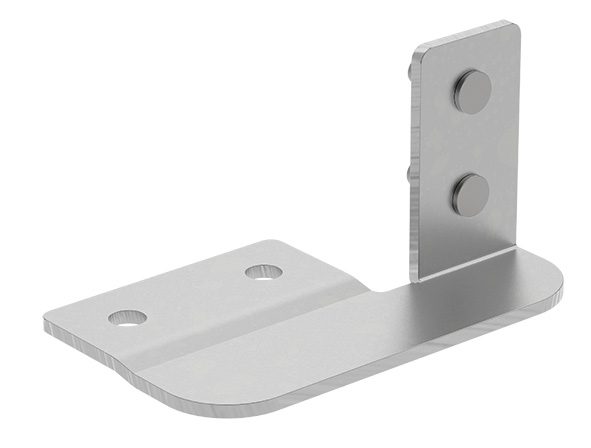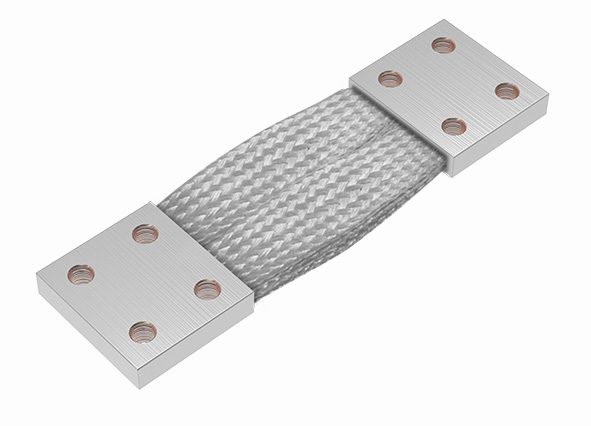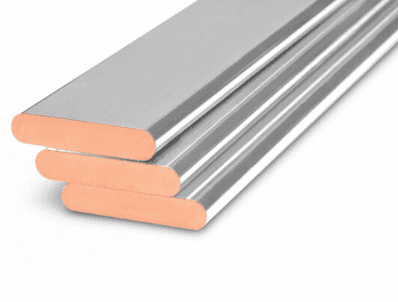Copper connections are essential components in electrical and power distribution systems, providing reliable and efficient electrical connections. From industrial applications to renewable energy systems, copper busbars and connectors play a crucial role in ensuring stable and high-conductivity power transmission. we will explore the different types of copper connections, their advantages, and why GRL is your trusted partner for high-quality copper busbars.
Choosing the Right Copper Connection for Your System
What Are Copper Connectors?
Copper connectors are essential components in electrical and power distribution systems, designed to provide efficient and reliable connections. They ensure low electrical resistance, high conductivity, and durability, making them widely used in industrial, commercial, and renewable energy applications.
They are fabricated in different forms, including customized copper busbars, braided copper connectors, flexible copper busbars, and rigid copper busbars, each serving specific electrical needs.
What are the different types of copper connections?
Copper connections come in various forms, each designed for specific applications and performance requirements:
1. Rigid Copper Busbar
Rigid copper busbars, also called solid copper busbars, are solid bars of copper used for high-current electrical distribution.
Advantages:
- High electrical conductivity: Ensures minimal power loss.
- Strong mechanical support: Provides rigid and stable connections.
- Excellent durability: Resistant to corrosion and mechanical wear.
- Customizable shapes and sizes: Can be fabricated to meet specific requirements.
Applications:
- Electrical substations and power plants.
- Industrial machinery and motor control centers.
- Large-scale electrical panels and switchgear.
- Railway and transportation electrification systems.
2. Flexible Copper Busbar
A flexible copper busbar comprises multiple thin copper layers or strips stacked together, providing high conductivity while maintaining flexibility.
Advantages:
- Excellent mechanical flexibility: Adapts to thermal expansion and mechanical stress.
- High current-carrying capacity: Suitable for high-power applications.
- Space-saving design: This can be installed in compact electrical panels.
- Low contact resistance: Ensures efficient energy transfer.
Applications:
- Power distribution in switchgear and transformers.
- Electric vehicle (EV) battery packs and charging stations.
- Busbar systems in industrial automation and renewable energy.
3. Laminated Copper Connection
Laminated copper connections, also known as laminated busbars, consist of multiple layers of copper sheets separated by insulating materials. This structure improves electrical and thermal performance.
Advantages:
- Reduced inductance: Minimizes electromagnetic interference (EMI).
- Better heat dissipation: Enhances thermal management in high-power applications.
- Compact and lightweight: Reduces overall system weight and space requirements.
- Customizable design: This can be tailored for complex electrical systems.
Applications:
- High-power inverters and power electronics.
- Data centers and server power distribution.
- Aerospace and military applications.
4. Braided Copper Busbar
Braided copper busbars, called braided copper connectors, consist of multiple thin copper wires woven together to form a flexible and durable conductor.
Advantages:
- High flexibility: Allows movement and vibration absorption, making it ideal for dynamic environments.
- Low electrical resistance: Ensures efficient power transmission.
- Enhanced thermal dissipation: The woven structure improves heat dissipation, reducing the risk of overheating.
- Customizable lengths and terminations: These can be designed to fit specific connection requirements.
Applications:
- Power distribution systems require flexible connections.
- Battery banks and renewable energy storage systems.
- Electrical cabinets and switchgear.
- Grounding applications in substations and data centers.
5. Stranded Copper Wire
Stranded copper wire is made of multiple small copper strands twisted together, offering improved flexibility compared to solid copper conductors.
Advantages:
- Superior flexibility: Easier to install in confined spaces.
- Reduced fatigue failure: Less prone to breakage under mechanical stress than solid copper conductors.
- Good conductivity: Provides reliable electrical performance while maintaining mechanical flexibility.
Applications:
- Wiring in industrial and residential electrical installations.
- Power cables in automotive and aerospace applications.
- Electrical distribution networks where flexibility is required.
6. Tinned Copper Busbar
Tinned copper busbars are standard copper busbars coated with a thin layer of tin to improve oxidation resistance and longevity.
Advantages:
- Enhanced corrosion resistance: Ideal for humid and marine environments.
- Improved solderability: Easier to connect with other electrical components.
- Better compatibility with different metals: Reduces galvanic corrosion when connected to aluminum or other materials.
Applications:
- Renewable energy systems such as solar and wind power.
- Marine and offshore electrical systems.
- Outdoor power distribution panels.
- Harsh industrial environments require long-lasting electrical connections.
Why Choose GRL for Copper Busbars and Connectors?
GRL is a leading copper busbar manufacturer with expertise in copper busbar fabrication and custom copper busbar production. Our products, including bare copper busbars, tin-coated copper busbars, and flexible copper busbars, are engineered to meet the highest industry standards. With advanced manufacturing capabilities, we provide:
- High-precision copper busbar sizing
- Custom fabrication for unique electrical applications
- Laminated and braided copper busbar solutions
- Superior tinned copper busbar coatings for extended durability
Our copper busbars are widely used in electrical distribution systems, renewable energy applications, and industrial power networks. Contact GRL today to explore our comprehensive range of copper busbars and find the perfect solution for your power transmission needs.







